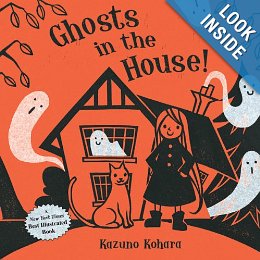Children say the sweetest
things like: “You’re my favorite teacher!” or “I love being in your class!” But
at recess those comments turn into: “She’s chasing me!” and “He touched me!”
It’s exhausting listening to the tattling. So let your students tattle in the
Recess Journal.
Use any kind of notebook and
cover it with a homemade label. Then be extremely clear when speaking to your
students about telling vs. tattling. For example, “tell” when someone is hurt. Take your recess
journal and some pencils when you go outside. When the students start coming up
to you with tattles, hand them the journal and a pencil. They will have to take
their recess time to write their complaint. You will be amazed at how fast
students start to distinguish telling from tattling and decrease the latter. It
also comes in handy to use a similar journal within the classroom and simply
call it “The Tattle Journal.”













